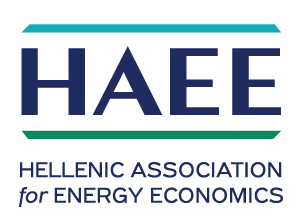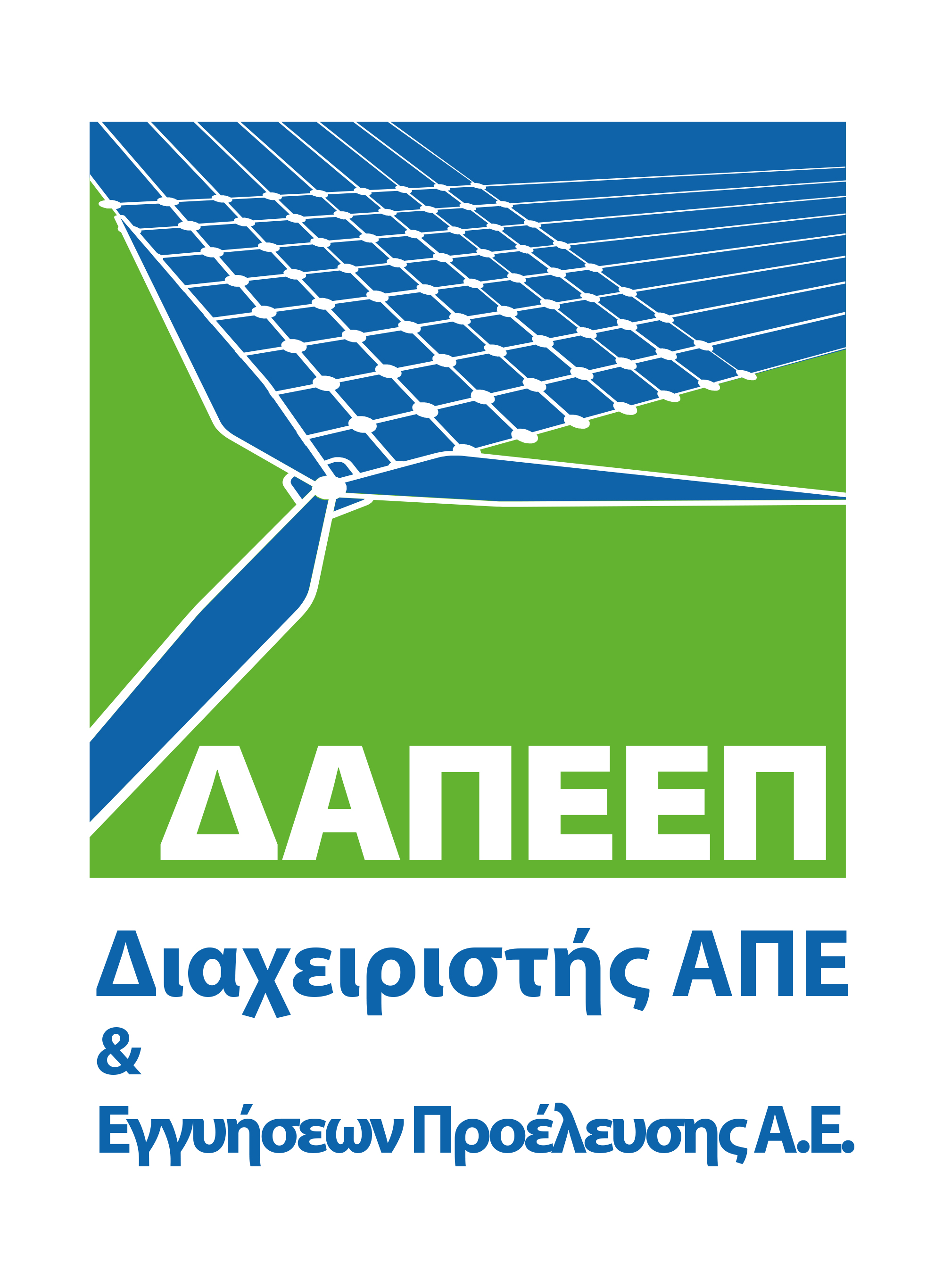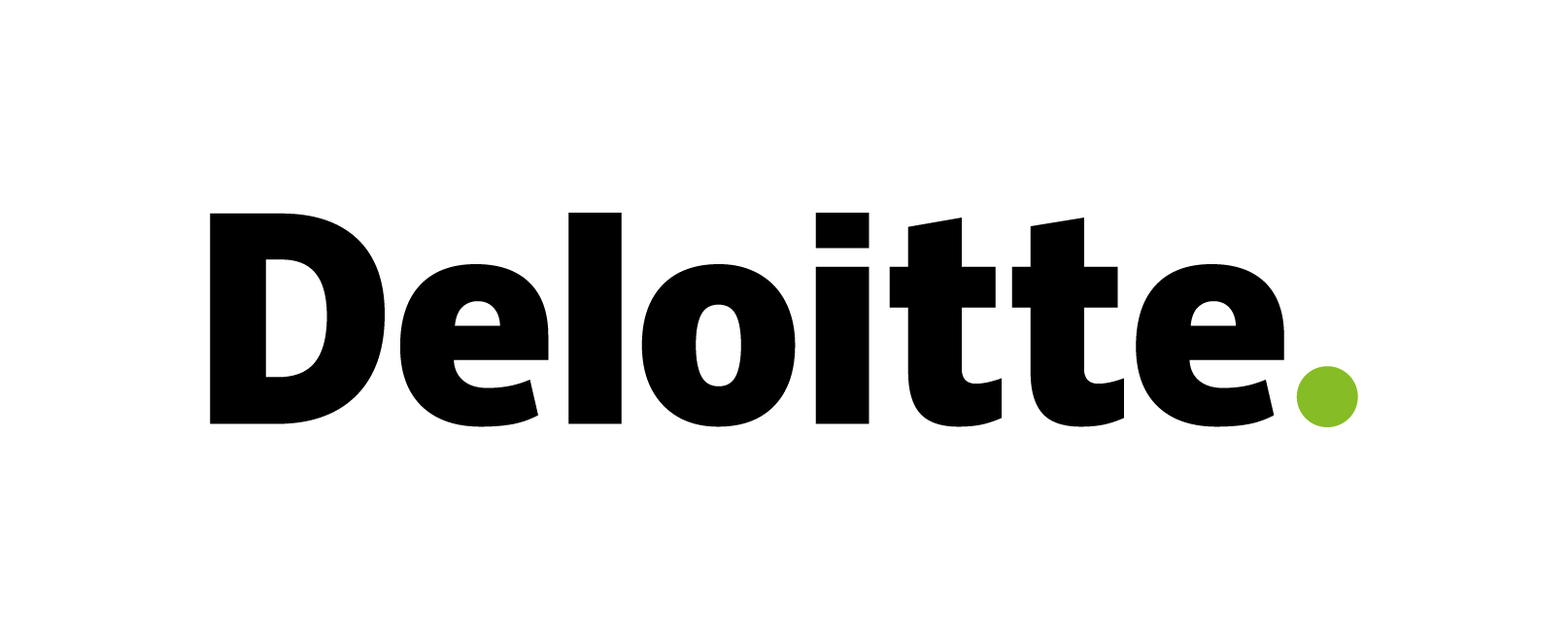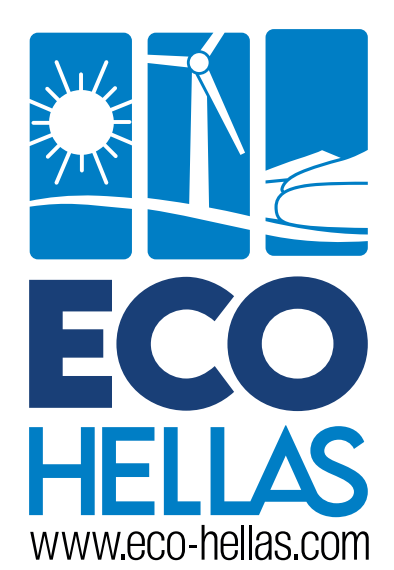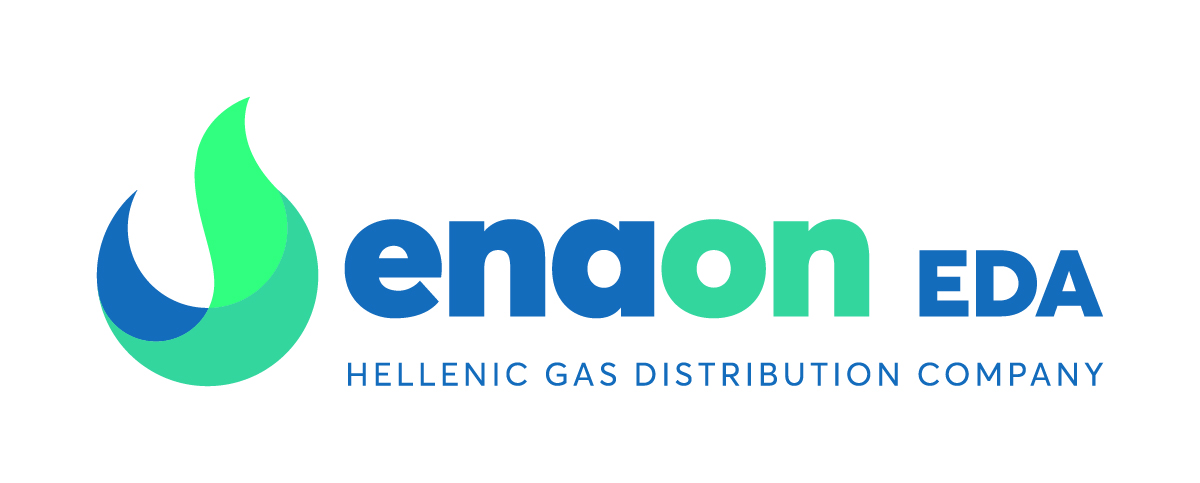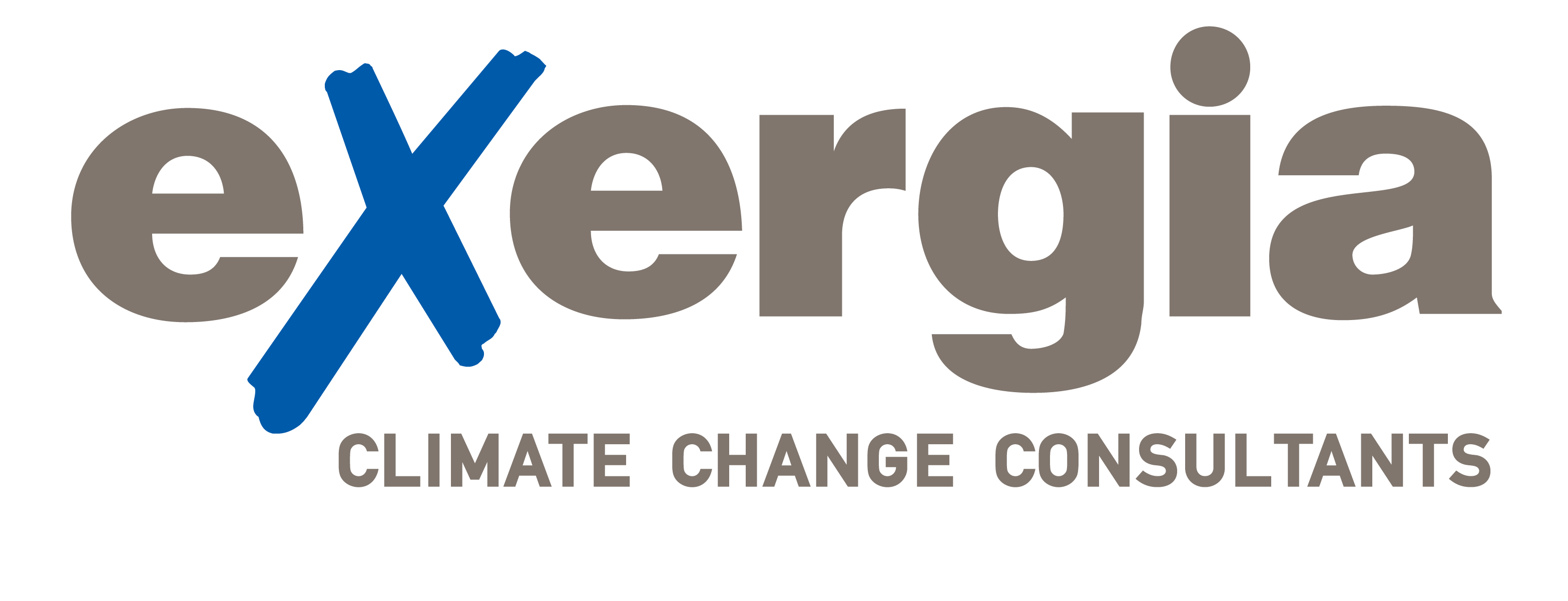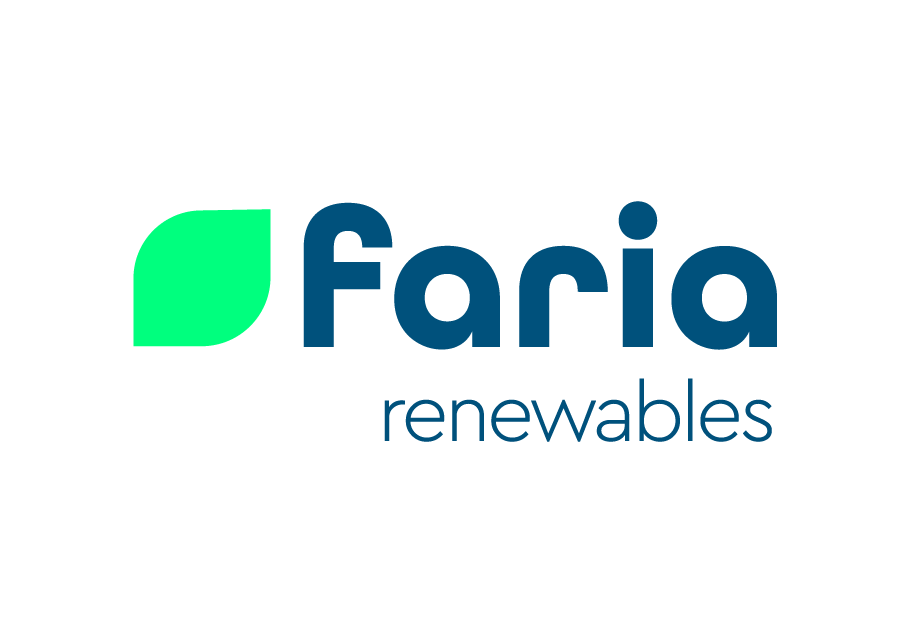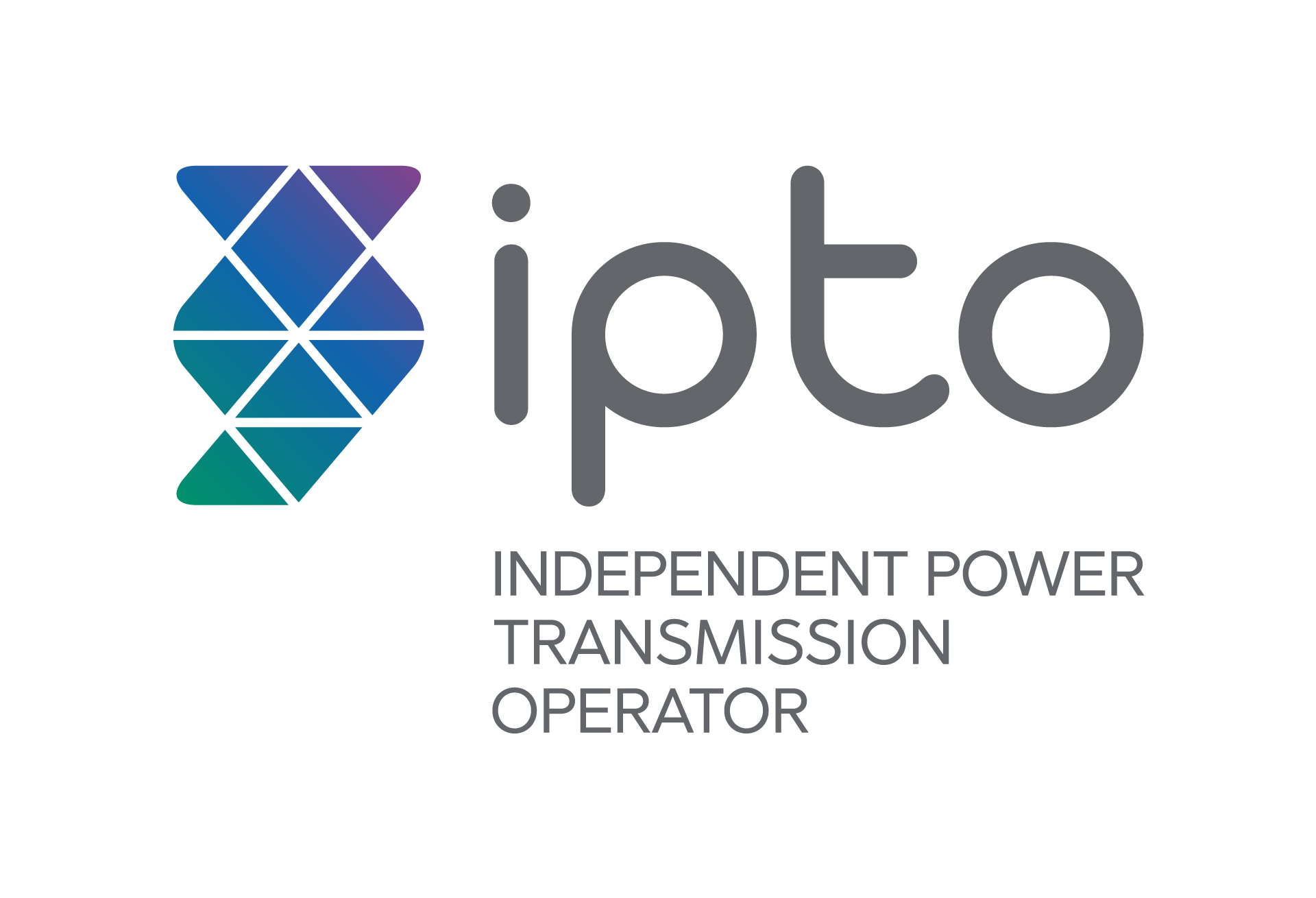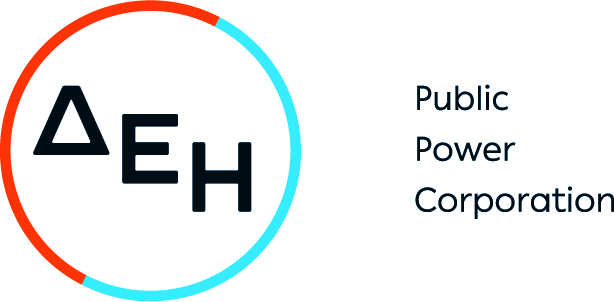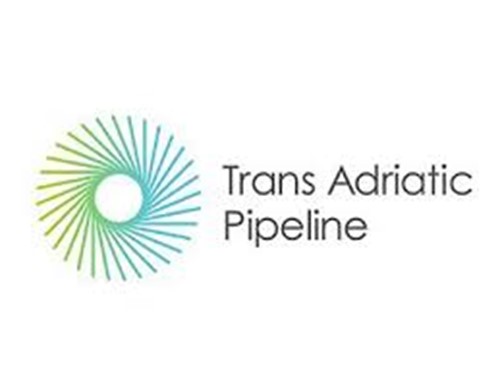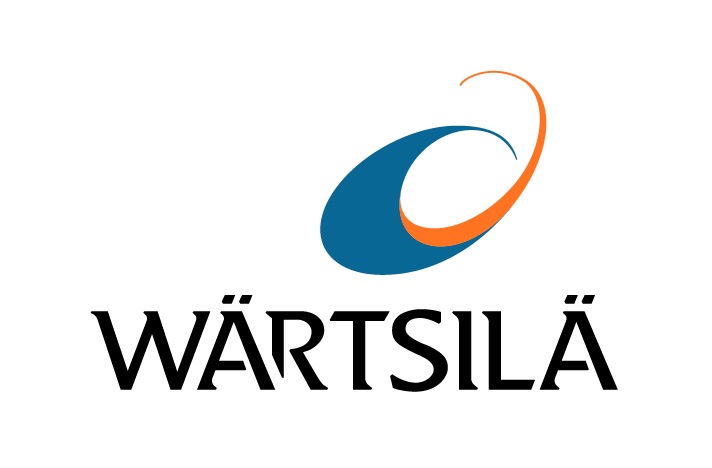The acute energy crisis that hit Europe in 2022 seems to have partially subsided. Gas and electricity prices remain high by historical standards, but relative to 2022, they are far subdued. This moment of respite offers an opportunity to reflect on what has happened, and to plan for the year and years ahead.
The basic facts are familiar: gas prices, which neared 350 €/MWh at TTF in August, are now between 50 and 60 €/MWh. Gas storage facilities are over 70 percent full at the end of January, versus 37 percent last year (and a 53-percent average for the last decade). Liquefied natural gas (LNG) imports have remained strong. And a combination of forces – including warm weather – have led to a sharp decline in gas demand. The threat of a system-wide physical shortage in Europe has all but disappeared for this winter.
This turn is welcome. But we cannot ignore the damage caused already. The European Union spent over €250 billion to buy gas from January to September 2022 – far more than the annual total of €70 or 80 billion in previous years. Bruegel estimates that governments in Europe have allocated €700 billion to support households and business – even if this is not all disbursed, and even if some of this money comes from taxing excess profits in the energy sector (as in Greece) and thus is less of a burden for government finances. The broader damage – in reduced business activity and heightened energy poverty – will show up in official statistics only in time.
Europe’s improved position – certainly against the worst-case scenarios imagined last summer – rests in part on a strong policy response. European leaders pledged to cut gas and electricity consumption. We mandated that companies fill gas storage. We intervened in the electricity market to capture excess profits (replicating Europe-wide, a policy first designed in Greece). We passed a solidarity levy from the fossil fuel sector. We agreed, after much wrangling, on a market correction mechanism for gas prices (again, inspired by Greek proposals). And, in tandem with the United States and others, we released oil from strategic reserves and passed widespread sanctions and then a price cap on Russian oil.
At the start of 2023, the policy focus has shifted from the immediate need to offset the loss of Russian gas to the more strategic imperative of ensuring that energy is affordable, and that Europe can remain competitive relative to its economic peers. In practice, this means advancing the conversation on three parallel fronts.
First, the European Union created the Energy Platform to leverage the collective buying power of the EU in securing gas supplies and to prevent intra-European competition from pushing up prices for cargoes that would come to Europe anyway. The absence of Russian gas creates a big hole in Europe’s long-term balances. Even in a scenario of accelerated decarbonization, Europe will still be short gas by 2030 and 2035. In 2022, the EU secured this gas from the spot market for LNG – and paid dearly for it. Finding a way to secure this gas on a long-term basis and at a reasonable price is a paramount priority.
Second, the price of gas may have fallen, but it remains high – relative to the past and relative to other regions. In the medium to long term, the solution is to accelerate the energy transition. But in the short term, we must lower gas prices and sever the link between gas and electricity prices. Even at this gas price level, electricity prices are still high. Designing an electricity system that can mute the impact of high gas prices on the electricity price is a major focus area.
Third, Europe is at a competitive disadvantage, one that has become more acute due to the U.S. Inflation Reduction Act that will prompt a re-apportioning of capital for the energy transition. Europe has a firm footing in sectors like wind, electric vehicles, heat pumps and electrolyzers. But in the global race to build a low-carbon economy it is important to keep moving and innovating. For that to happen, Europe needs a coordinated approach to allow companies to invest in the energy transition and create Europe-wide supply chains. Finding the right formula to accomplish this task is no easy matter. But it must happen.
In the end, Europe proved its resilience in 2022, absorbing an unprecedented economic shock triggered by Russia’s decision to cut gas supplies to Europe. As that acute pressure subsides, there is much still to do to secure Europe’s economic competitiveness and deliver affordable energy to our citizens and our businesses. The work continues.
-----------------------------------------------------------------------------------------------------------------------------
* Nikos Tsafos is the chief energy adviser to the Prime Minister of Greece.
Disclaimer: "The contents of this article are the author's sole responsibility. They do not necessarily represent the views of the Hellenic Association for Energy Economics or any of its Members".
